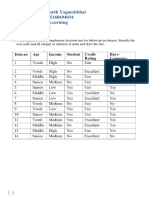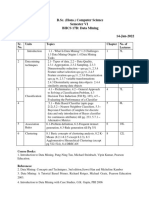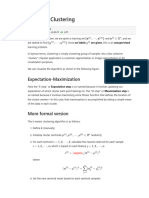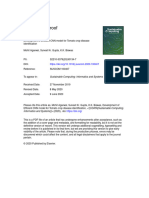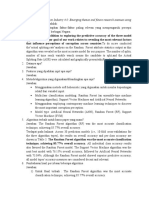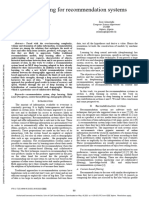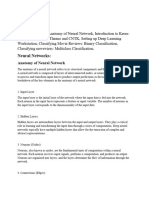0% found this document useful (0 votes)
11 views12 pagesDWDM Lab Report
The document outlines a series of laboratory exercises conducted using Python and Weka for data mining techniques, including K-means clustering, Apriori algorithm, ID3 decision tree, and DBSCAN clustering. Each lab includes objectives, required theory, executable Python code, and conclusions on the implementation results. The exercises demonstrate practical applications of machine learning algorithms on various datasets, focusing on data visualization and analysis.
Uploaded by
WakizuCopyright
© © All Rights Reserved
We take content rights seriously. If you suspect this is your content, claim it here.
Available Formats
Download as PDF, TXT or read online on Scribd
0% found this document useful (0 votes)
11 views12 pagesDWDM Lab Report
The document outlines a series of laboratory exercises conducted using Python and Weka for data mining techniques, including K-means clustering, Apriori algorithm, ID3 decision tree, and DBSCAN clustering. Each lab includes objectives, required theory, executable Python code, and conclusions on the implementation results. The exercises demonstrate practical applications of machine learning algorithms on various datasets, focusing on data visualization and analysis.
Uploaded by
WakizuCopyright
© © All Rights Reserved
We take content rights seriously. If you suspect this is your content, claim it here.
Available Formats
Download as PDF, TXT or read online on Scribd
/ 12











